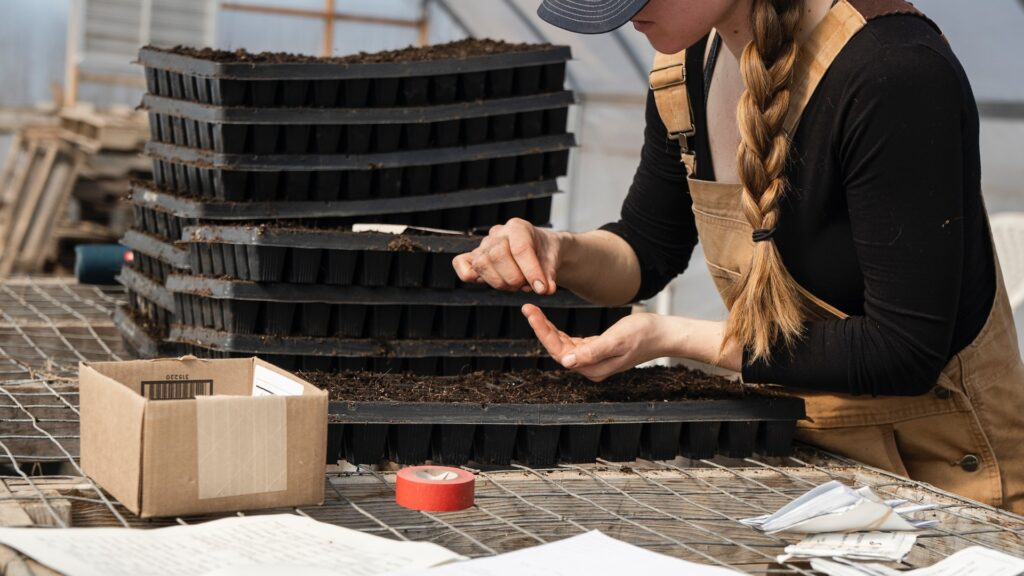Introduction:
Indoor gardening has gained immense popularity in recent years, as more people seek to bring nature indoors and create beautiful green spaces in their homes. Whether you have a tiny apartment or a spacious house, indoor gardening can transform your living space into a lush oasis. In this comprehensive guide, we will explore everything you need to know about indoor gardening, from choosing the right plants to nurturing them with proper care.
1. Benefits of Indoor Gardening:
– Improved air quality: Indoor plants act as natural air purifiers, removing toxins and pollutants from the air.
– Boosted mood and productivity: Studies have shown that spending time with plants can reduce stress levels and enhance focus.
– Enhanced aesthetics: Adding plants to your indoor space can instantly elevate the overall aesthetics and create a welcoming environment.
2. Choosing the Right Indoor Plants:
– Low-maintenance options: If you’re new to indoor gardening or have a busy schedule, start with low-maintenance plants like pothos, spider plants, or snake plants.
– Varieties for specific spaces: Consider the lighting conditions, humidity levels, and available space while selecting plants. For low-light areas, go for peace lilies or ZZ plants, and for bright spots, consider succulents or orchids.
3. Creating an Indoor Garden Setup:
– Proper lighting: Most indoor plants require adequate lighting. If natural sunlight is limited, consider using grow lights to provide the necessary light spectrum.
– Suitable containers and drainage: Choose pots that have drainage holes to prevent waterlogging, as excessive moisture can harm the plants.
– Soil and fertilization: Use well-draining potting mix, mixed with perlite or vermiculite, to support healthy root growth. Fertilize regularly to sustain plant growth.
4. Indoor Gardening Care Tips:
– Watering: Different plants have varying watering needs. Research individual plant requirements to avoid overwatering or underwatering.
– Humidity control: Some plants thrive in high humidity, while others prefer drier conditions. Place a tray of water near your plants or use a humidifier to create the right environment.
– Pruning and propagation: Regularly trim yellow or brown leaves to maintain the overall health of your indoor garden. Additionally, learn the art of propagation to expand your plant collection.
5. Troubleshooting Common Indoor Gardening Issues:
– Pest control: Prevent and treat common indoor plant pests like aphids, spider mites, or mealybugs with organic pest control methods.
– Fungal diseases: Adequate ventilation and avoiding overwatering can help prevent fungal diseases like root rot or powdery mildew.
– Nutrient deficiencies: Learn to identify and address nutrient deficiencies by using appropriate fertilizers or supplements.
Conclusion:
Indoor gardening is a rewarding hobby that allows you to enjoy the beauty of nature within the comforts of your home. With the right plants, proper care, and a little patience, you can create a thriving green oasis that enhances your living space. Follow this comprehensive guide to embark on your indoor gardening journey and reap the numerous benefits of a lush and vibrant indoor garden.
Tags: indoor gardening, houseplants, gardening tips, indoor plants, plant care
Category: Home and Lifestyle, Gardening

